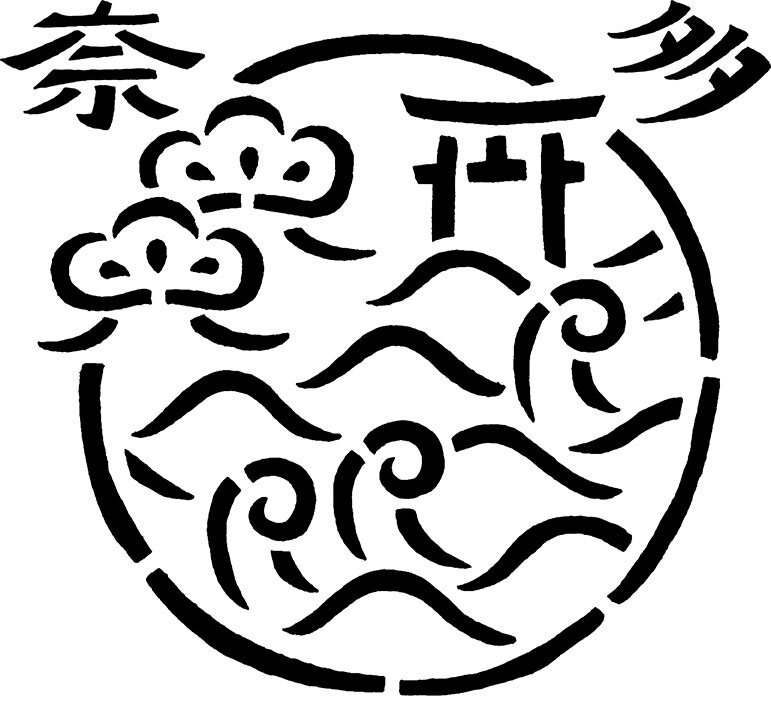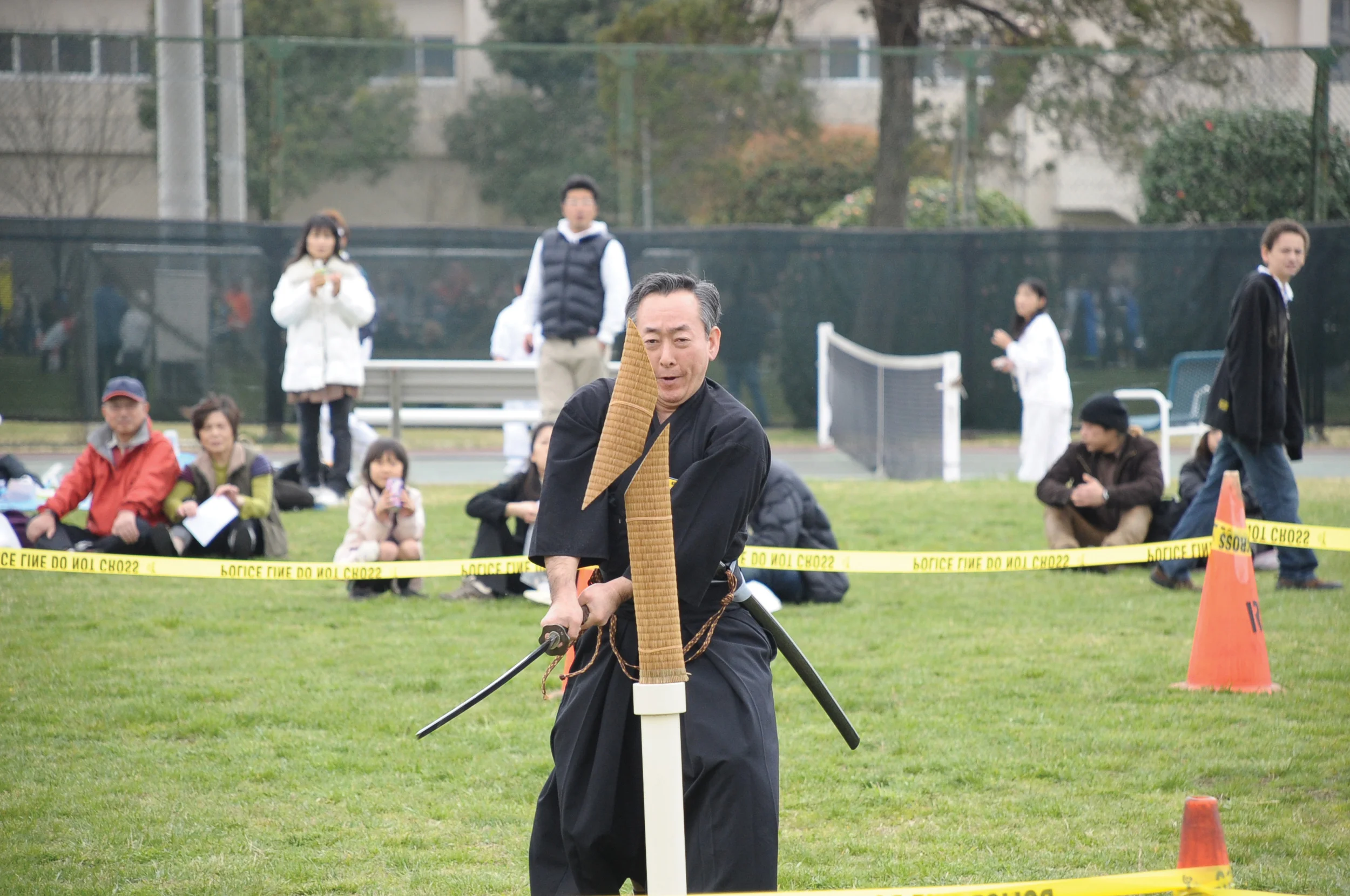
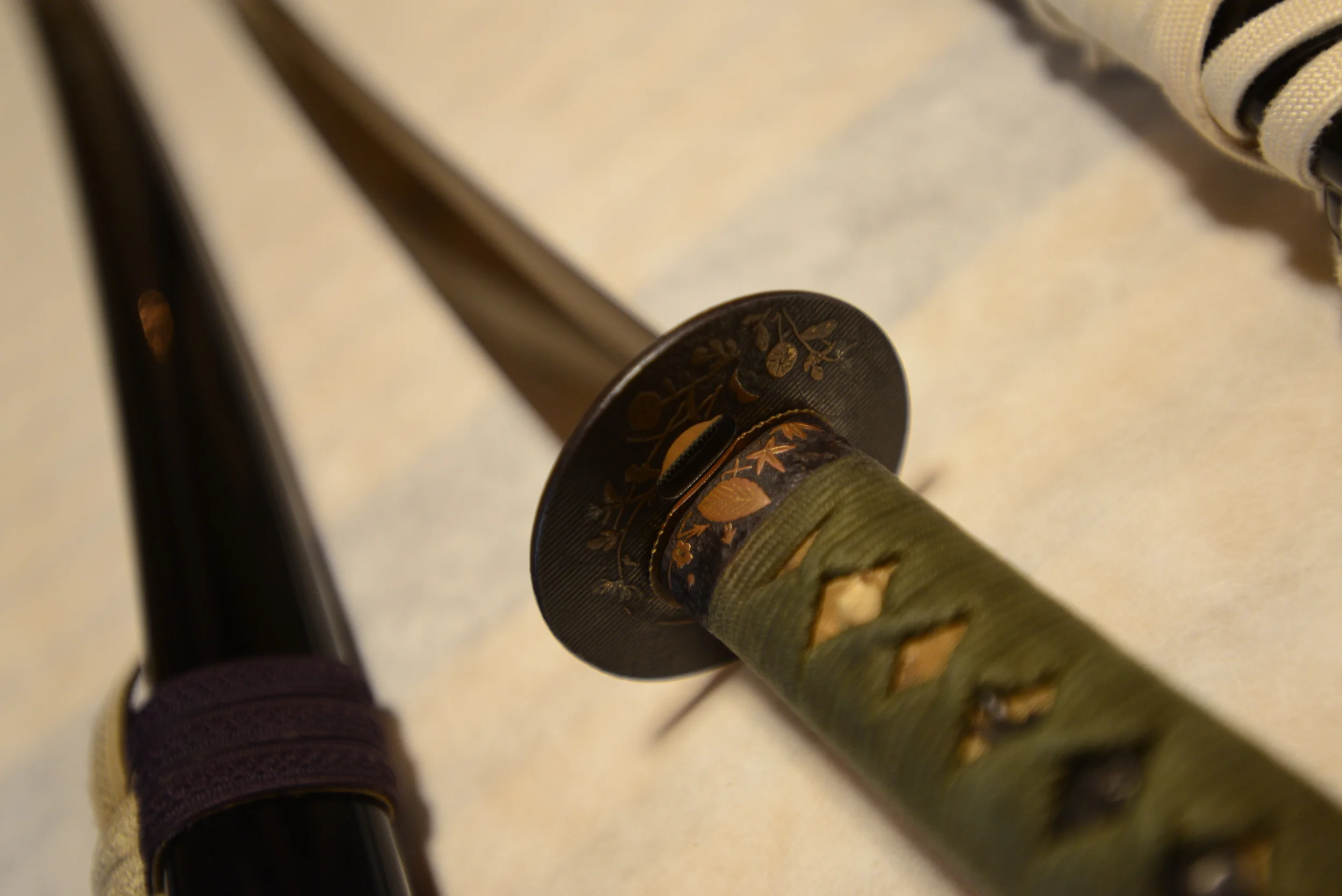

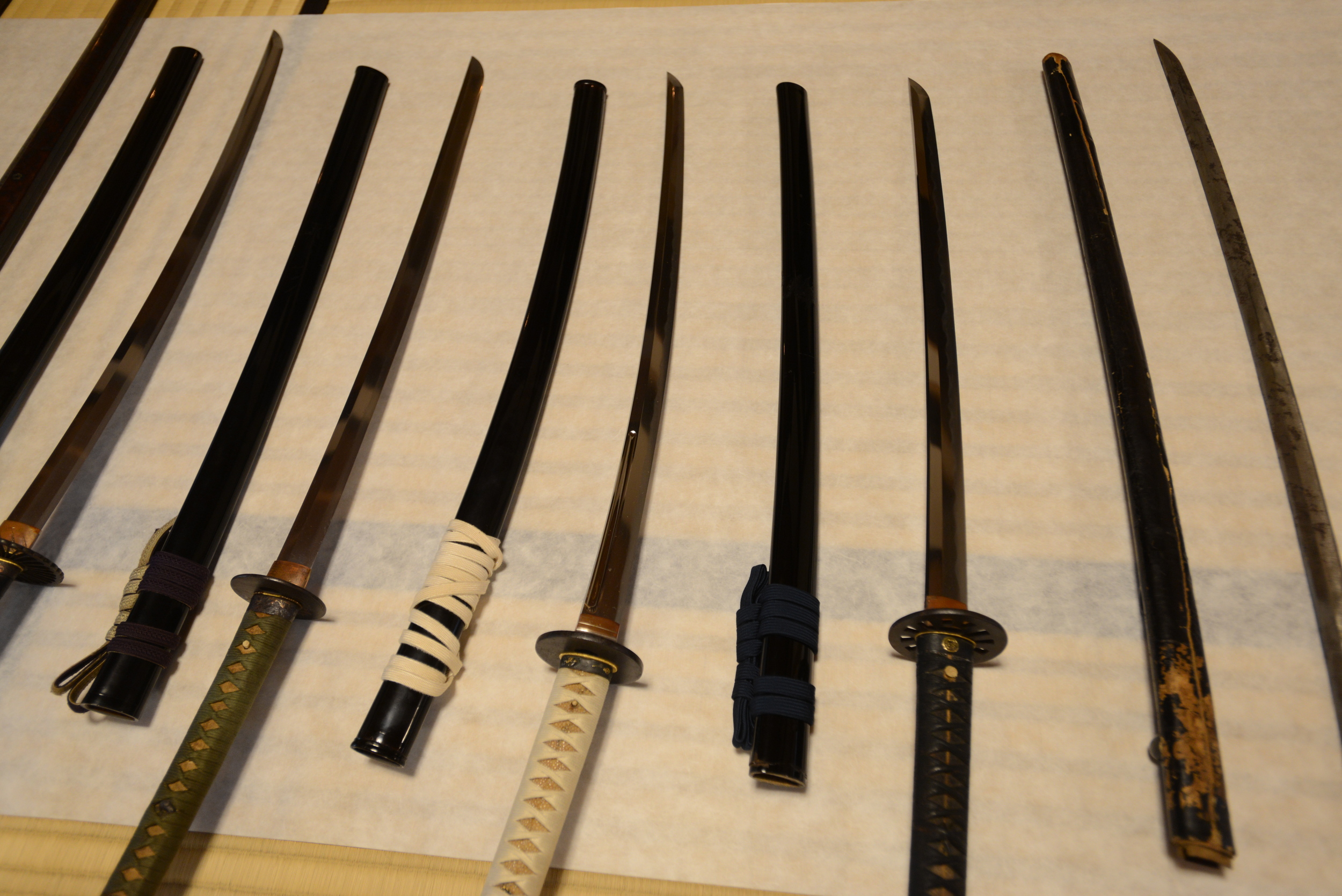
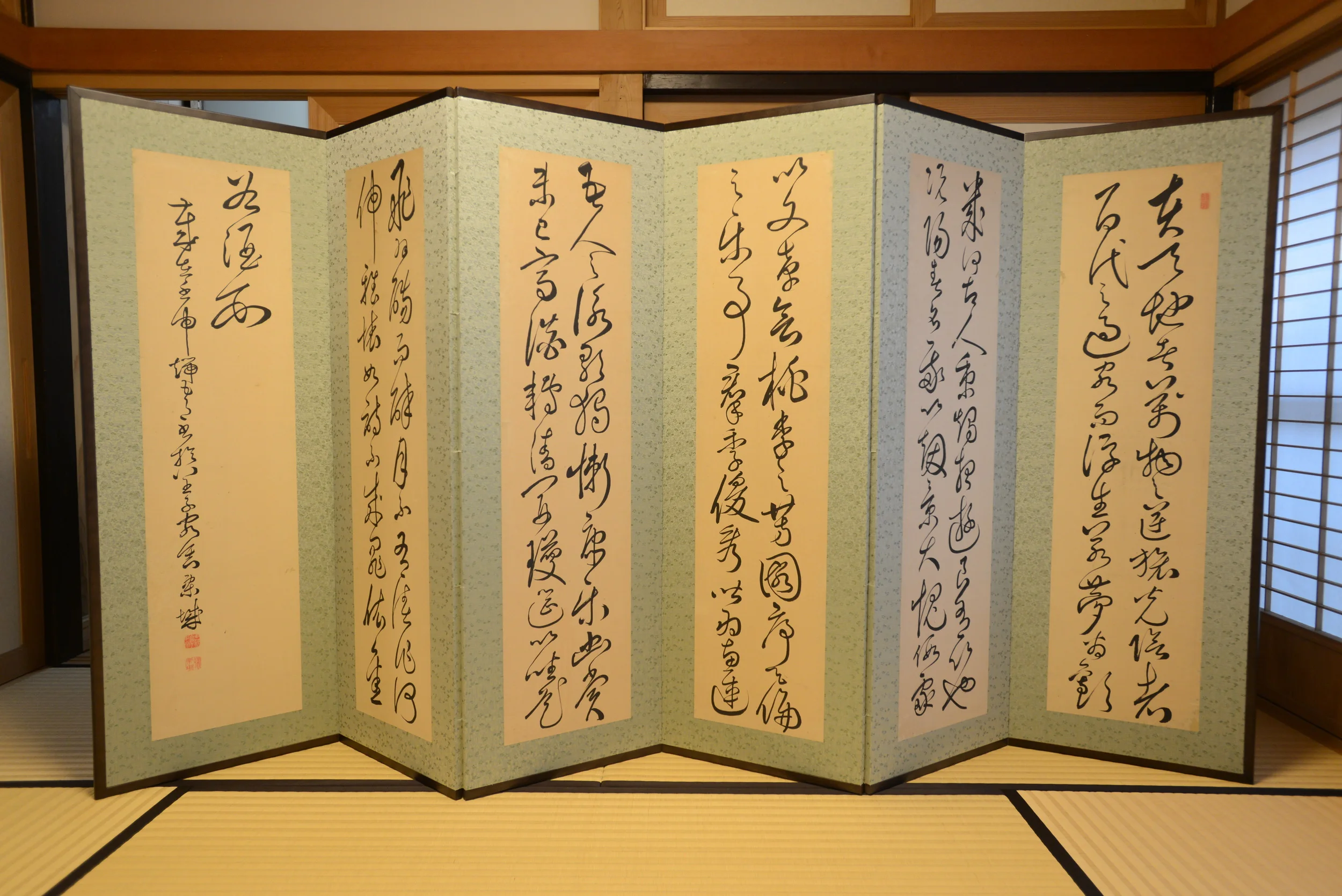


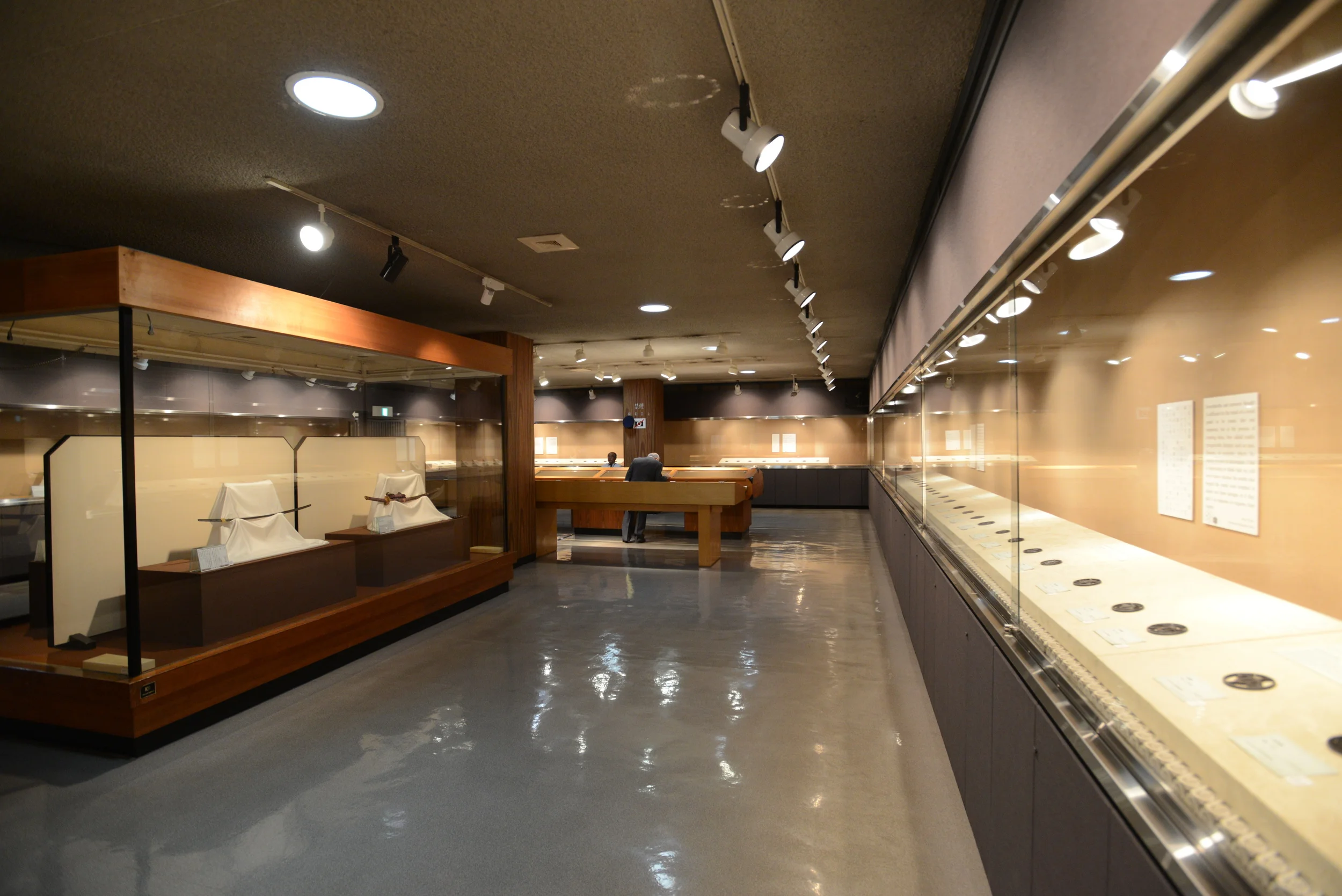

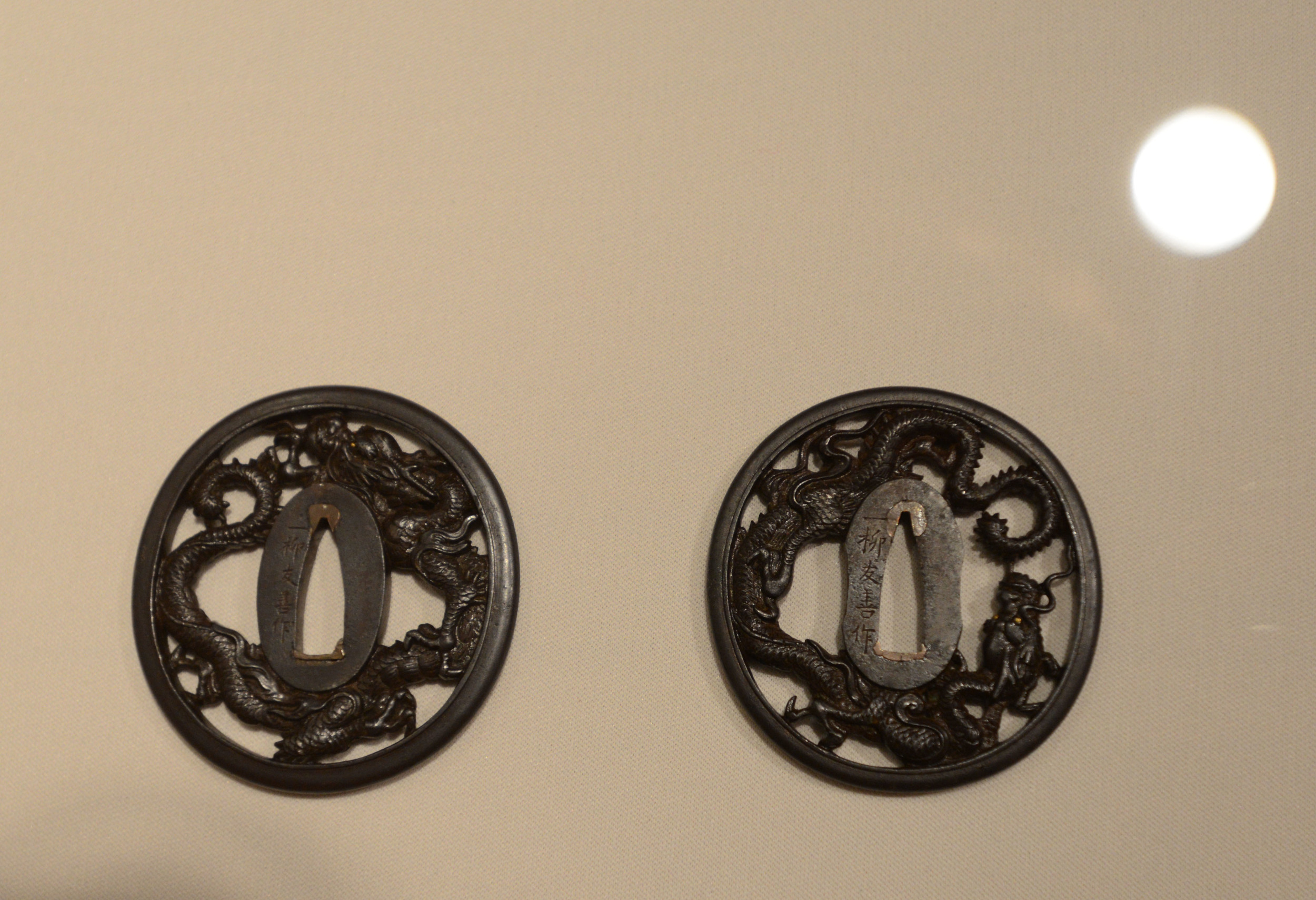
Deadly heirlooms show art of war
Photos and story by Tetsuo Nakahara - Published on Stripes Japan
Masuki Ishii, 61, carefully draws the dulled blade of a curved katana sword, wielded four centuries ago in battle, across a wet stone with focused precision. It is part of an armory that, like his Sagamihara City home, has been passed down in his family for generations. As he hones the steel, a glint of its former luster emerges and with it a glimmer of his forefathers’ samurai spirit.
“These katana were actually used in battles; you can even see bloodstains on them from 400 years ago.” says Ishii. “These are normal katana, not those made by famous swordsmiths for special needs (or persons); these were used by normal samurai on the battlefield to cut people.”
Ishii says most of the katana, or Japanese longswords, and other samurai weapons in his collection were used by his ancestor Kinuemon Ishii and his soldiers from about 1580 through the early 1600s. Knuemon was a lieutenant for Toshimitsu Saito, a commander under Gen. Mitsuhide Akechi (1528-1582). Akechi served the feudal lord Nobunaga Oda (1534-1582) during the tumultuous Sengoku, or warringstates, Period when civil wars raged from the mid-15th to early 17th centuries.
It was customary in such times, Ishii says, to prepare about ten extra katana for each samurai because the swords became too worn for use after fighting a couple of opponents. Unless a samurai was high ranking, he usually had to re-sharpen and hone his own swords for each battle.
In all, Ishi has about 150 of these swords as well as 60 muskets, 30 spears and other items from this era such as armor and folding screens. He keeps them on his 200-year-old samurai estate. He often re-sharpens and hones the katana to maintain their condition. “It takes about two weeks, 8 hours a day, to hone and reshape a sword into good condition. It is serious work,” says Ishii as he meticulously draws a blade across a wet stone. He works in silence with intensity, as if each stroke also sharpens his mind to commune with the samurai spirit. “I think about my ancestors, the history of these katana, how many people were killed with them and what it must have been like to be in battle. … My ancestors fought so many battles and survived with these things.”
Gen. Akechi eventually betrayed and killed Lord Oda at Honnoji in 1582; he was then defeated by Oda’s other general, Hideyoshi Toyotomi, at the battle of Yamasaki that same year on the boarder of Kyoto and Osaka. Akechi’s samurais dispersed throughout the country to avoid retaliation. It was not easy to escape; farmers would lay in wait in order to kill them, then steal and sell their weapons and armor. Those who survived escaped with their weapons and armor to Yoshioka and Ayase as well as Kanagawa where Ishii’s family settled.
“I feel scared sometimes when I think about samurai battles,” says Ishii. “But the fear makes me respect these samurai and I feel a face-toface connection with them through these katana as I hone them. I think these katana have more meaning than the nice and shiny brand new katana (sold in stores). I want people to know the meaning and history behind these katana, not just how good they are designed.”
Because of this, Ishii and his son Takeshi Ishii say they are open to selling some of these family treasures to interested buyers. Katana prices start at about $2,000 and vary depending on the condition of the sword. They can also teach buyers how to hone and maintain the sword.
“I want people to feel the samurai spirit from these items,” says the younger Ishii. “It is nice to use them to decorate a home, but I want them to see the history behind these items. All these items are survivors of the samurai
spirit.”
For this reason, his father, who also has a keen interest in American military aircraft and pilots, says he is particularly interested in finding U.S. military buyers.
“I think the samurai and military pilots have something in common,” says Ishii. “It seems to me that those pilots put their life on the line to execute their missions. I think that is the same kind of spirit that the samurai had in battle.”
For more information about purchasing one of the Ishiis’ samurai swords, call Takeshi Ishii at 042-746-2356 or email: i.takeshi@hotmail.com
Modern swordplay
Similar to the craftsmanship Japanese swordsmiths have put into making swords, samurai and modern martial artists alike, have honed the ways in which a sword or similar device can be wielded. Owing to the long history of the sword in Japanese culture, there are different types of swordplay that have developed in Japan that are practiced today.
•Kendo, a sport wherein opponents use a bamboo sword, is probably the most popular type of swordplay in Japan. It is derived from swordsmanship, but does not simulate real sword combat. Most Japanese high schools and junior high schools have kendo clubs. It could be considered Japanese fencing. For details on kendo, visit International All Japan Kendo Federation at: www.kendo-fik.org/english-page/english-top-page.html
•Iaido is the art of drawing and deploying a Japanese sword. This martial art has developed more into a form of meditation and study of techniques for their own sake rather than actual combat training. A typical kata, or form, consists of drawing the blade, practice cutting, casting (imagined) blood from the blade and returning it to the scabbard, all without looking away from the imaginary opponent. Most practice is solo with real (but unsharpened) blade. There is also the related Battojutsu which includes cutting objects with a sharpened sword. For details on iaido, visit Japan Iaido Federation at: http:www.nichiiren.or.jp/english/iaido.html
•Battodo is a form of Battojutsu. This martial art practices cutting objects with Japanese swords. While traditional Iaido uses many sword drawing techniques performed from kneeling and standing position, Battodo is performed standing only and also involves practice cutting objects with a sharpened sword. The focus is primarily on actual cutting, according to the All Japan Battodo Federation (zenbaturen.world.coocan.jp).
•Jodo is the art of sword drawing using a wooden sword. The “jo” is a short wooden staff measuring 3 to 5 feet long. The art was created by Muso Gonnosuke some 400 years ago. It is said that Gonnosuke used it in defeating the great swordsman Miyamoto Musashi, according Tokyo Jodo Federation (www.tojoren.jp/01jo/josyoukai.php).
